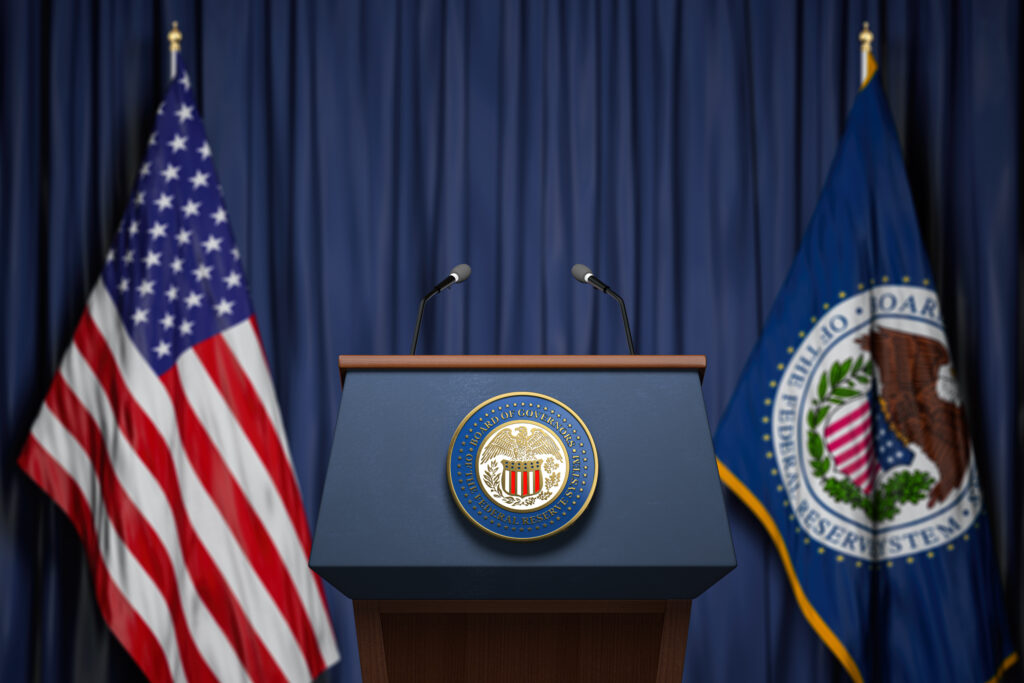I just can’t remember everything I watched, when I watched it or for how long. There are just too many options these days. You understand, right? I hope we can still be friends… As of next month, Nielsen will do what many thought would never happen: ending diary measurement in the 140 DMAs still reliant on the paper and pencil TV measurement methodology, and moving to a passive measurement technology, which utilizes return path data1 from set top boxes that they’ve been working on for almost a decade.
Nielsen is rightfully proud of this accomplishment, but change brings uncertainty. Obviously, local advertisers in the diary markets will be most impacted. A review of three months of data that’s available revealed a mixed bag.
At a macro level, the percentages of households using television (HUTs) and persons using television (PUTs) are up across households and all demos in nearly all markets and there’s been a major reduction on zero-rated quarter hours2 for all stations and all markets. At a micro level, some stations were up, others down. Some dayparts were up, others down. For example, when we re-rated some of our buys with what Nielsen calls the impact data, we saw a ratings decline for one station in early morning by 36 percent, whereas a different station in the same market and daypart saw a ratings increase of 42 percent. This is just one example of many as to how this change in measurement methodology will impact local TV planning and buying.
We won’t really know the extent of the changes until it takes full effect, but we do know that there will be a trend break with the introduction of the new methodology and that it will take a year to 18 months to establish new trends. In the meantime, here’s what we’ll be keeping a close eye on:
- Consistency of measurement
- The expected reduction in zero-rated quarter hours
- Changes in GRPs
- The overall impact to pricing
We fully support Nielsen’s decision to replace the diaries with more accurate measurement technology and to continue to improve upon existing technologies. In fact, while the retirement of the diaries is getting the most attention, Nielsen is also rolling out enhancements that will affect all 210 DMAs. From adding Personal People Meter (PPM) technology to bolster local TV measurement in 25 Local People Meter (LPM) markets and 19 Meter markets to increasing the data set/panel size across all markets, everyone can expect a more accurate measurement going forward.
Only time will tell how impactful these changes will be on the local TV landscape, but we know that change (who could forget the switch to C33 on the national side?) is the only constant and we’re ready to ride the wave.
Definition Key:
- Return Path Data – Any information sent via a Return Path, including system information such as subscription and pay per view requests, also user interactivity, and potentially research information on audience size by channel
- Zero-Rated Quarter Hours – Time and networks with no panelists viewing
- C3 – The metric launched in 2007 referring to the ratings for average commercial minutes in live programming plus total playback by digital video recorder out to three days after






























